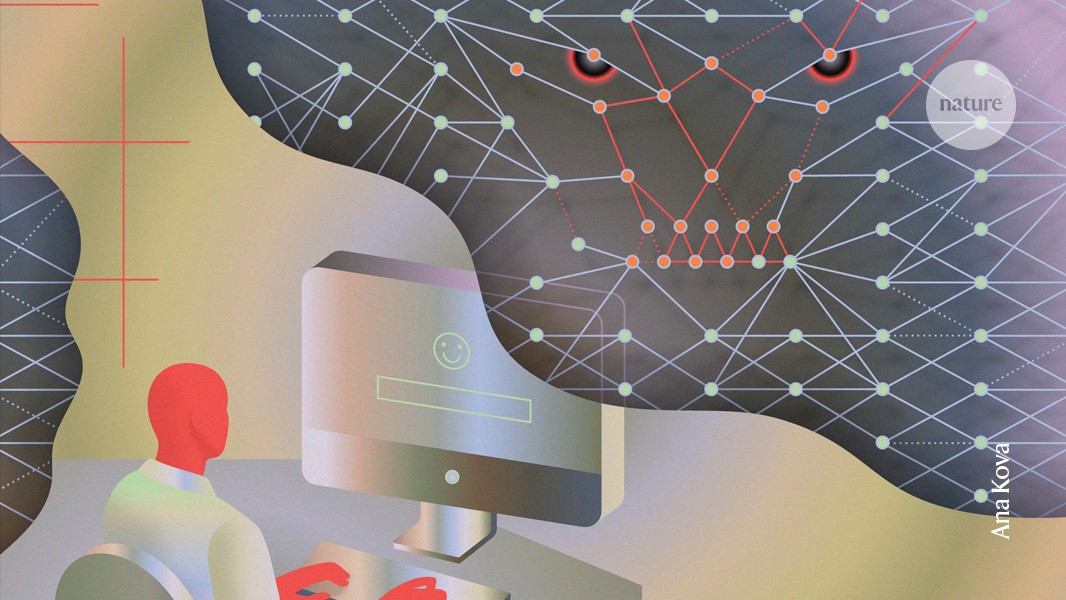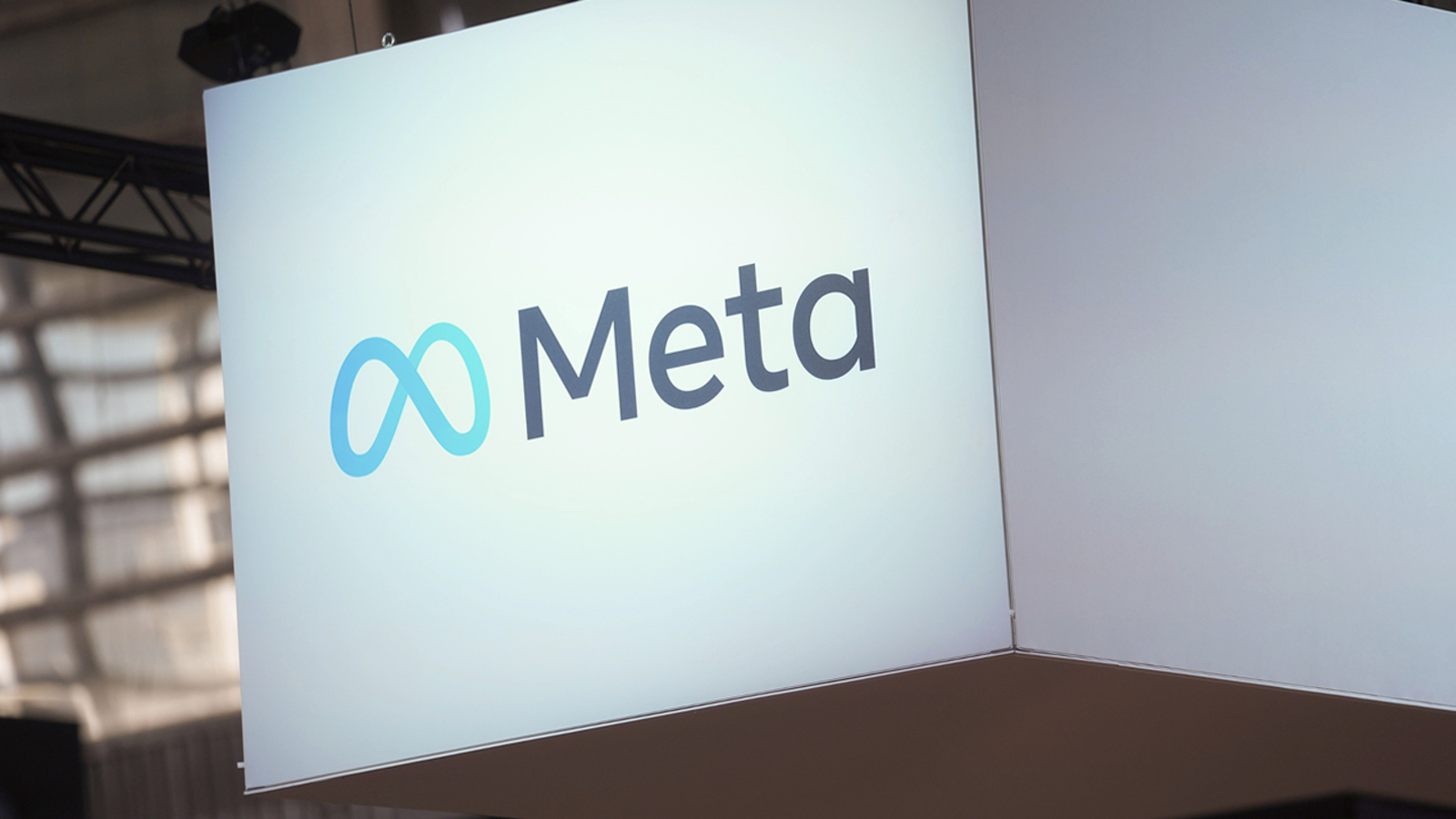#large-language-models
#large-language-models
[ follow ]
#ai-safety #chatgpt #generative-ai #mental-health #ai-investment #robotics #ai-marketing #vibe-coding
fromWIRED
1 week agoAI's Next Frontier? An Algorithm for Consciousness
As a journalist who covers AI, I hear from countless people who seem utterly convinced that ChatGPT, Claude, or some other chatbot has achieved "sentience." Or "consciousness." Or-my personal favorite-"a mind of its own." The Turing test was aced a while back, yes, but unlike rote intelligence, these things are not so easily pinned down. Large language models will claim to think for themselves, even describe inner torments or profess undying loves, but such statements don't imply interiority.
Artificial intelligence
fromMedium
7 months agoVibe Coding: The Future of AI-Powered Development or a Recipe for Technical Debt?
Vibe coding is a relatively new programming paradigm that emerged with the rise of AI-powered development tools. The term was coined by Andrej Karpathy, a prominent AI researcher and former Director of AI at Tesla, to describe an intuitive way of coding where developers interact with AI models using natural language commands rather than traditional coding syntax. Instead of meticulously writing every line of code, developers simply "vibe" with the AI, describing what they want, and letting the AI generate the necessary code.
Software development
fromPsychology Today
2 days agoAI and the New Rhythm of Thought
We collapse uncertainty into a line of meaning. A physician reads symptoms and decides. A parent interprets a child's silence. A writer deletes a hundred sentences to find one that feels true. The key point: Collapse is the work of judgment. It's costly and often can hurt. It means letting go of what could be and accepting the risk of being wrong.
Philosophy
fromTechCrunch
6 days agoMem0 raises $24M from YC, Peak XV and Basis Set to build the memory layer for AI apps | TechCrunch
The startup starts with the premise that large language models can't remember past interactions the way humans do. If two people are chatting and the connection drops, they can resume the conversation. AI models, by contrast, forget everything and start from scratch. Mem0 fixes that. Singh calls it a "memory passport," where your AI memory travels with you across apps and agents, just like email or logins do today.
Venture
Startup companies
fromTechCrunch
6 days agoCyDeploy wants to create a replica of a company's system to help it test updates before pushing them out - catch it at Disrupt 2025 | TechCrunch
CyDeploy uses machine learning to create digital twins of critical systems for pre-deployment testing, reducing risk and speeding patch rollout without impacting live environments.
fromNature
1 week agoDaily briefing: Surprise illnesses had a role in the demise of Napoleon's army
Previous research using DNA from soldiers' remains found evidence of infection with Rickettsia prowazekii, which causes typhus, and Bartonella quintana, which causes trench fever - two common illnesses of the time. In a fresh analysis, researchers found no trace of these pathogens. Instead, DNA from soldiers' teeth showed evidence of infection with Salmonella enterica and Borrelia recurrentis, pathogens that cause paratyphoid and relapsing fever, respectively.
Science
fromenglish.elpais.com
6 days agoAI crosses the boundary of privacy without humanity having managed to understand it
From virtual assistants capable of detecting sadness in voices to bots designed to simulate the warmth of a bond, artificial intelligence (AI) is crossing a more intimate frontier. The fervor surrounding AI is advancing on an increasingly dense bed of questions that no one has yet answered. And while it has the potential to reduce bureaucracy or predict diseases, large language models (LLMs) trained on data in multiple formats text, image, and speech
Artificial intelligence
fromHarvard Business Review
4 days agoDo You Have the Right Data Storage Infrastructure to Support Your AI Strategy? - SPONSOR CONTENT FROM SOLIDIGM
Organizations have long adopted cloud and on-premises infrastructure to build the primary data centers-notorious for their massive energy consumption and large physical footprints-that fuel AI's large language models (LLMs). Today these data centers are making edge data processing an increasingly attractive resource for fueling LLMs, moving compute and AI inference closer to the raw data their customers, partners, and devices generate.
Artificial intelligence
fromTechCrunch
1 week agoWhy Cohere's ex-AI research lead is betting against the scaling race | TechCrunch
AI labs are racing to build data centers as large as Manhattan, each costing billions of dollars and consuming as much energy as a small city. The effort is driven by a deep belief in "scaling" - the idea that adding more computing power to existing AI training methods will eventually yield superintelligent systems capable of performing all kinds of tasks.
Artificial intelligence
Artificial intelligence
fromFortune
1 week agoJust like humans, AI can get 'brain rot' from low-quality text and the effects appear to linger, pre-print study says | Fortune
Continuous consumption of short, viral online content causes cognitive decline in humans and AI, degrading attention, reasoning, and social behavior.
fromWIRED
1 week agoAI Models Get Brain Rot, Too
AI models may be a bit like humans, after all. A new study from the University of Texas at Austin, Texas A&M, and Purdue University shows that large language models fed a diet of popular but low-quality social media content experience a kind of "brain rot" that may be familiar to anyone who has spent too long doomscrolling on X or TikTok.
Artificial intelligence
Startup companies
fromTechCrunch
1 week agoSumble emerges from stealth with $38.5M to bring AI-powered context to sales intelligence | TechCrunch
Sumble aggregates web signals into an LLM-backed knowledge graph to deliver contextual technographic and organizational insights that help sales teams identify contacts and opportunities.
fromThe Verge
2 weeks agoAI can't even turn on the lights
Large language models are currently everyone's solution to everything. The technology's versatility is part of its appeal: the use cases for generative AI seem both huge and endless. But then you use the stuff, and not enough of it works very well. And you wonder what we're really accomplishing here. On this episode of The Vergecast, Nilay rejoins the show full of thoughts about the current state of AI - particularly after spending a summer trying to get his smart home to work.
Artificial intelligence
fromApp Developer Magazine
10 months agoSMU researchers show AI creates realistic game characters
Klinkert embraced the idea and pursued it academically, ultimately earning a Master of Interactive Technology in Digital Game Development from SMU Guildhall. His early passion for interactive media has since evolved into a cutting-edge research focus. Now a PhD student in the Computer Science Department at SMU's Lyle School of Engineering, Klinkert is exploring how large language models (LLMs), such as ChatGPT, can be used to create non-playable characters (NPCs) that act and respond more like real people, with consistent personalities and believable emotional responses.
Artificial intelligence
fromFast Company
2 weeks agoAre large language models the problem, not the solution?
There is an all-out global race for AI dominance. The largest and most powerful companies in the world are investing billions in unprecedented computing power. The most powerful countries are dedicating vast energy resources to assist them. And the race is centered on one idea: transformer-based architecture with large language models are the key to winning the AI race. What if they are wrong?
Philosophy
fromPsychology Today
2 weeks agoThe Coherence Trap: How AI Is Teaching Us to Feel Truth
It's fair to say that belief is rarely rational. We organize information into patterns that "feel" internally stable. Emotional coherence may be best explained as the "quiet logic" that makes a story satisfying, somewhat like a leader being convincing or a conspiracy being oddly reassuring. And here's what's so powerful-It's not about accuracy, it's the psychological comfort or even that "gut" feeling. When the pieces fit, the mind relaxes into complacency (or perhaps coherence).
Artificial intelligence
fromFuturism
2 weeks agoChatGPT Is Giving Men Such Bad Advice on Dating That It May Actually Be Trying to Keep Them Single
It's a phenomenon tied to the prevalence of text-based apps in dating. Recent surveys show that one in fiveadults under 30 met their partner on a dating app like Tinder or Hinge, and more than half are using dating apps. For years, app-based dating has been regarded as a profoundly alienating experience, a paradigm shift which coincides with a rapid rise in social isolation and loneliness.
Artificial intelligence
fromMarTech
3 weeks agoAI KPIs: Turning mentions Into strategy in the age of LLMs | MarTech
Large Language Models (LLMs) like ChatGPT, Claude, Gemini and Perplexity are rapidly becoming the first place decision-makers go for answers. These systems don't return a page of links; they generate a synthesized response. Whether your brand is included, or ignored, in that answer increasingly determines your relevance in the buying journey. This changes the marketer's playbook. Visibility is no longer only about ranking on Google. It's about whether you're present in AI-generated responses, how you're framed,
Marketing tech
fromFuturism
3 weeks agoMan Embraces AI at Work, Gets Rewarded by Boss Replacing Him With It
His reward for going along with those demands, after being a faithful servant for 17 years at the edutech company? Getting replaced by a large language model, along with a couple dozen of his coworkers. That's, of course, after his boss reassured him that he wouldn't be replaced with AI. Deepening the bitter irony, Cantera - a researcher and historian - had actually grown pretty fond of the AI help, telling WaPo that it "was an incredible tool for me as a writer."
Artificial intelligence
US politics
fromFortune
3 weeks agoMIT researchers studied 16 million election-related AI responses. They found chatbots are 'sensitive to steering,' raising questions about LLMs' neutrality | Fortune
Chatbots' associations of presidential candidates' traits shifted over time, mirroring news events, and LLMs exposed implicit election outcome beliefs despite prediction guardrails.
fromThe Verge
1 month agoWikimedia wants to make it easier for you and AI developers to search through its data
The late English writer Douglas Adams is best known as the author of the 1979 book The Hitchhiker's Guide to the Galaxy. But there is much more to Adams than what is written in his Wikipedia entry. Whether or not you need to know that his birth sign is Pisces or that libraries worldwide store his books under the same string of numbers - 13230702 - you can if you head to an overlooked corner of the Wikimedia Foundation called Wikidata.
Science
Artificial intelligence
fromFortune
1 month agoEngineers buck against 'vibe-coding' label, saying responsibility still lies with the humans behind the code | Fortune
AI coding assistants automate routine programming tasks, shifting engineers' work toward higher-level design while keeping final responsibility with human developers.
fromClickUp
1 month agoHow AI is Transforming Professional Services in 2025? | ClickUp
If you're here, you're likely asking: "Where can AI really make a difference in my day-to-day work, without compromising quality or trust?" We understand that when your service business is built on deep expertise, judgment calls, and tight deadlines, the answer can make or break your operations. That's why, in this blog post, we'll show you concrete use cases of AI in professional services industry, from consulting analysis to legal research, financial auditing, and client delivery.
Artificial intelligence
fromwww.scientificamerican.com
1 month agoPeople Are More Likely to Cheat When They Use AI
Despite what watching the news might suggest, most people are averse to dishonest behavior. Yet studies have shown that when people delegate a task to others, the diffusion of responsibility can make the delegator feel less guilty about any resulting unethical behavior. New research involving thousands of participants now suggests that when artificial intelligence is added to the mix, people's morals may loosen even more.
Artificial intelligence
Artificial intelligence
fromFuturism
1 month agoIn Situations Where Most Humans Think You're Being a Jerk, ChatGPT Will Assure You You're Behaving Like an Angel
Large language models often appease users, affirming inappropriate beliefs or actions and frequently siding with users against crowdsourced human judgments, causing real-world harm.
Law
fromFortune
1 month agoLexisNexis exec says it's 'a matter of time' before attorneys lose their licenses over using open-source AI pilots in court | Fortune
AI language models have produced fabricated legal citations and cases, leading to sanctions, increased scrutiny, and potential steep penalties for attorneys.
Artificial intelligence
fromBusiness Insider
1 month agoGeneral Catalyst's CEO says companies need to do 4 things for true AI integration that avoids 'hitting a wall'
True enterprise AI transformation requires robust data infrastructure, business‑trained large language models, workforce redesign, and decisive CEO-level leadership.
fromBig Think
1 month agoHow to greet the dawn of "future-state predictive intelligence"
Cybersecurity veteran Brian Gumbel - president and chief operating officer (COO) at Dataminr - works at the confluence of real-time information and AI. Mainlined into humanity's daily maelstrom of data, Dataminr detects events "on average 5 hours ahead of the Associated Press" - it picked up the 2024 Baltimore bridge collapse, for example, about an hour ahead of all mainstream media sources. The accuracy rate of its "news" is, says Gumbel, a highly impressive 99.5%.
Information security
fromPsychology Today
1 month agoArtificial Intelligence and the Grammar of Life
Researchers took a stripped-down version of GPT-a model with only about two million parameters-and trained it on individual medical diagnoses like hypertension and diabetes. Each code became a token, like a word in the sentence of a prompt, and each person's medical history became a story unfolding over time. For a little context, GPT-4 and GPT-5 are believed to have hundreds of billions to trillions of parameters, making them hundreds of thousands of times larger than this small model.
Artificial intelligence
fromBerlin Startup Jobs
1 month agoJob Vacancy: Senior Product Engineer // GAIA Law | IT / Software Development Jobs | Berlin Startup Jobs
GAIA is revolutionising the legal industry with AI that automates legal work and empowers legal professionals to work more efficiently and effectively. We're building the future of legal technology, and we are looking for a driven, versatile person to help accelerate our growth. The Role As we scale, we're looking for an exceptional Product Engineer who's passionate about experimenting with large language models (LLMs), turning ideas into working prototypes, and pushing the boundaries of how AI transforms knowledge-heavy industries.
Law
fromwww.nature.com
1 month agoSecrets of DeepSeek AI Model Revealed in Landmark Paper
The success of DeepSeek's powerful artificial intelligence (AI) model R1 that made the US stock market plummet when it was released in January did not hinge on being trained on the output of its rivals, researchers at the Chinese firm have said. The statement came in documents released alongside a peer-reviewed version of the R1 model, published today in Nature.
Artificial intelligence
[ Load more ]

















